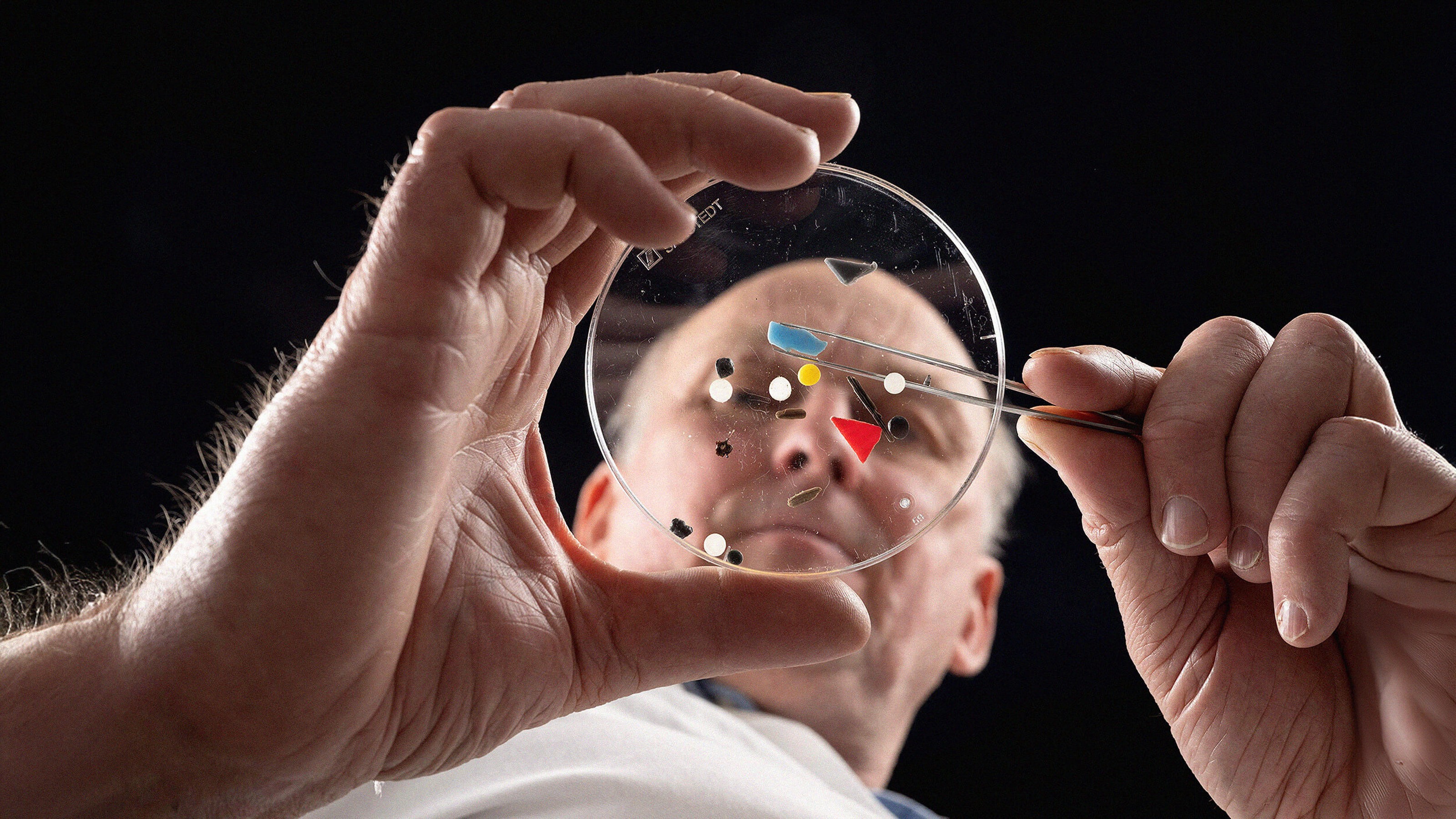Study Shows How to Control Your Dreams

Carl Jung devoted much of his professional life to analyzing dreams, much to the chagrin of his colleagues. He saw a connection between these nighttime visions and our seemingly innate penchant for mythological symbolism. While he discussed the creative scenes one encountered during sleep in terms of mandalas, he was always careful to stick to as rigorous a scientific method as possible in his interpretations.
Jung demanded that we give up any idea of a universal analysis of the unconscious—as he termed it, the ‘objective psyche’—as he felt there was no deductive method available. Theoretically, he wrote in his essay ‘Individual Dream Symbolism in Relation to Alchemy,’ we can never know in advance the dreamer’s web of associations, nor can the analyst rely too heavily on technical rules. He goes on,
It should therefore be an absolute rule to assume that every dream, and every part of a dream, is unknown at the outset, and to attempt an interpretation only after carefully taking up the context.
In his time dreams had many possible connotations. Some believed them to be messages from a divine source, while others thought they were the language of our deeper, darker self: the unconscious. Those of a more psychological and scientific bent felt dreams were rubbish, mental chatter and hallucinations. Jung gingerly attempted to give form to the formless.
Yet what if we can control the formless? Some people report being able to control their dreams, termed ‘lucid dreaming.’ Perhaps we’ve all had such moments; on occasion I know I’ve been dreaming while dreaming, and was able to manipulate the weightlessness of my body through situations with ease. It is thought that the more you fall asleep with this intention, the more you are able to control (and remember) what happens. From Jung’s time to today practice makes perfect.
A study in Germany has shown that not only can you control your dreams sometimes, researchers can do it with electrodes most of the time. In a double-blind study, they electrically stimulated 24 volunteers with 40 hz of juice—the frequency associated with our brain’s ability for self-awareness—all of whom had no history of lucid dreaming. The result: dreamers were able to control their experiences seventy-seven percent of the time.
This study offers a potential breakthrough in PTSD therapy, for one. I consider it a sort of unconscious mirror box solution. Trauma victims and veterans often suffer intolerably while asleep; giving them control over their dreams holds the possibility of alleviating the mental and emotional weight of their waking life.
It also sheds more light on our rapidly expanding knowledge of how consciousness operates. Many of our previously held assumptions of our brains have been proven wrong in the last decade. Seeing auras, once thought a mystical ability, turns out to be the neuronal cross-wiring known as synesthesia. And of course, since 2007 scientists have been able to induce out-of-body experiences in laboratories.
Electrical stimulation doesn’t predict the content of the dream, so in this Jung’s ideas remain intact. Now armed with the ability to turn lucid dreams on through stimulation does shed light on the dreaming phenomenon in general. For one, we are secure in our knowledge that dreams don’t come from anywhere ‘out there.’
Until we have a firmer grasp of the mechanisms of consciousness, it will be difficult to make many assumptions regarding the function of dreams. Walking in this direction, however, does offer insight into the time we spend awake and the murkier domain of sleep. Perhaps spending more time controlling that matrix will reveal new secrets about the daytime as well.
Image: Sergey Nivens /shutterstock.com




